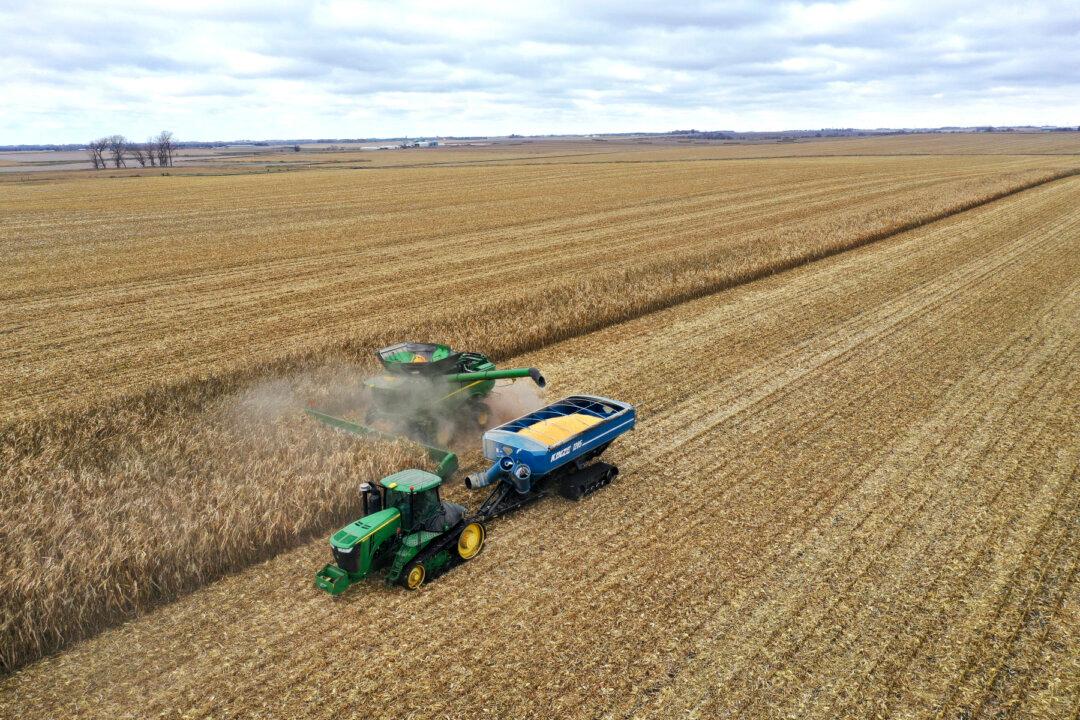The Trump administration is changing the rules governing which journalists are granted close access to the president.
For decades, the three organizations enjoyed the privilege of consistently observing the president’s activities up close and posing questions in intimate settings such as the Oval Office and aboard Air Force One. In contrast, reporters from other newspapers, magazines, and digital publications took part in a broader “print pool” rotation to gain access to these restricted venues.
Going forward, the wire services will be folded into that general rotation and have to compete for those opportunities alongside other outlets on an equal basis. White House press secretary Karoline Leavitt will assign press pool slots each day “irrespective of the substantive viewpoint expressed by an outlet.”
“Although eligible outlets will generally rotate through these slots, the White House press secretary shall retain day-to-day discretion to determine composition of the pool,” the White House press office said in a memo outlining the changes. “This is necessary to ensure that the President’s message reaches targeted audiences and that outlets with applicable subject-matter expertise are present as events warrant.”
The restructured daily press pool will now include a lead print journalist designated as the “print pooler,” an additional print journalist, a television network crew, a secondary television or streaming outlet, one radio journalist, one “new media” or independent journalist, and four photographers.
Leavitt “reserves the right to add additional journal[ists] to an expanded Pool based on capacity and day-to-day needs,” according to the memo.
The memo did not specify when the changes would take effect, but they were already evident in Wednesday’s press schedule. Conservative outlets The Washington Times and The Daily Signal were listed as the lead and secondary print poolers, respectively, with no special slots reserved for the three major wire services.
The move has drawn strong criticism from all three wire services, which argue that the administration is retaliating against them for unfavorable coverage.
“We deeply regret the decision to remove that permanent level of scrutiny and accountability,” he said.
Since February, AP reporters and photographers had been barred from events in the Oval Office and Air Force One after refusing to adopt the official renaming of the Gulf of Mexico as the Gulf of America.
“It does not mandate that all eligible journalists, or indeed any journalists at all, be given access to the President or nonpublic government spaces. It does not prohibit government officials from freely choosing which journalists to sit down with for interviews or which ones’ questions they answer. And it certainly does not prevent senior officials from publicly expressing their own views.
“The Court simply holds that under the First Amendment, if the Government opens its doors to some journalists—be it to the Oval Office, the East Room, or elsewhere—it cannot then shut those doors to other journalists because of their viewpoints. The Constitution requires no less.”







